- Tuesday, July 08, 2025
- Stay Connected
 Abraham Lincoln
If given the truth, the people can be depended upon to meet any national crisis...
Abraham Lincoln
If given the truth, the people can be depended upon to meet any national crisis...
 Guildford news...
for Guildford people, brought to you by Guildford reporters - Guildford's own news service
Guildford news...
for Guildford people, brought to you by Guildford reporters - Guildford's own news service
Around The Very Top: A Long Way To Tongue
Published on: 1 Jun, 2015
Updated on: 1 Jun, 2015
Martin Giles is cycling around the top of northern Scotland with his son Tom. This is a report on the leg from Durness to Tongue. Find other reports in the series by searching on: “Around The Very Top”.
Note: most images can be enlarged by clicking on them.
By Martin Giles
It was with reluctance that we left Durness. There were things left undone, like an exploration of Smoo Cave, rather than just a look down from the footbridge at the top, and a walk out to beyond Balynakiel beach to the puffin colonies.
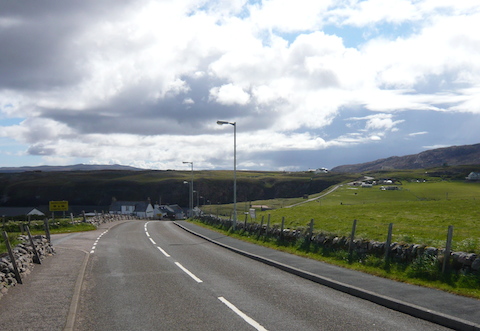
The road out of Durness taken only reluctantly. The information centre is a little further down on the left.
I said to Kathy, our B&B hostess, that we were resigned to getting wet on our ride. She responded, “You might not. Think positive.” I suppose you had to be optimistic about the weather in these parts or it would drive you crazy.
We stopped in the small Spar shop and Post Office. I had spoken to the shopkeeper/sub-postmaster on a previous visit, complimenting him on his range of goods. Passion fruit was on sale in the greengrocery section, for instance.
He did a double take to assess, I suspect, whether I was being sarcastic but seeing that I wasn’t he said that in the summer he wished he had three times the room while in the winter the shop was three times too big.
A 2006 report into the impact of closing rural post offices in Scotland gave his sub postmaster salary as £13,000 but surprisingly, perhaps, the shop’s annual turnover as £750,000, so not a business to be sniffed at. I don’t suppose his business rates are too high either.
This time I was just after some stamps for a couple of postcards. I told him that we had enjoyed our visit to Durness and about our visit to Cape Wrath. He said again in that slightly Irish sounding attractive brogue, that he had lived on the Cape until the age of five. His father had been a crofter there in the first croft after the ferryman’s old cottage. I knew exactly where he meant.
It was a living connection with a disappeared way of life. I hope someone records an interview with him. He might have been only five when he left but his memories personal and through family conversations must be rare. They should be treasured.
Now stocked up for a picnic lunch the next stop was the information centre. I wanted to check my understanding of the cause of the strange rock formation we had seen on a journey from Rhiconich to Durness. It was as I thought, but the information displays were intriguing and created another regret that we did not have more time here.
Perhaps it is better to leave still wanting more? Anyway, there was no more time available, we had to set off for the 30 miles to Tongue.
I travelled around a loop road to avoid a very steep gradient. It was on this road somewhere that the croft house John Lennon had stayed in was situated, but I am not sure it is still standing. Tom opted for the direct route. He would wait for me at the top.
We left the spread out settlement past more old crofts and two or three stunning sandy beaches to our left.
Soon the road turned south and a little inland climbing returned us yet again to the terrain of lochans and heather.
As the crow flies, the distance from Durness to Tongue is probably only about 15 miles but, as is often the case when travelling in Scotland, one has to go around a glen, or in this case the Loch Eribol.
A ferry had existed at one time half way down the kyle at Portnancon but now there was no alternative. We had to go all the way down one side and then all the way back up the other.
As we approached the old ferry point I recalled yet another story told to me by Kathy at the B&B. She said that a millionaire, I think from London, had bought a house overlooking the Kyle here but had taken exception to a local man’s boat being moored within his vista.
At a local council meeting he had, she said, claimed it was causing him stress and even infringing his human rights. A small boat moored in a Scottish Kyle – how shocking, whatever next? Perhaps the ferryman needed to explain the principles of live and let live.
A couple of miles later on we saw another cyclist heading for Durness. He was from Liverpool. He was emerging from an unlikely cafe which he highly recommended. Recommendation or not, its presence seemed so unexpected that curiosity, if not hunger or thirst, meant that we had to try it out.
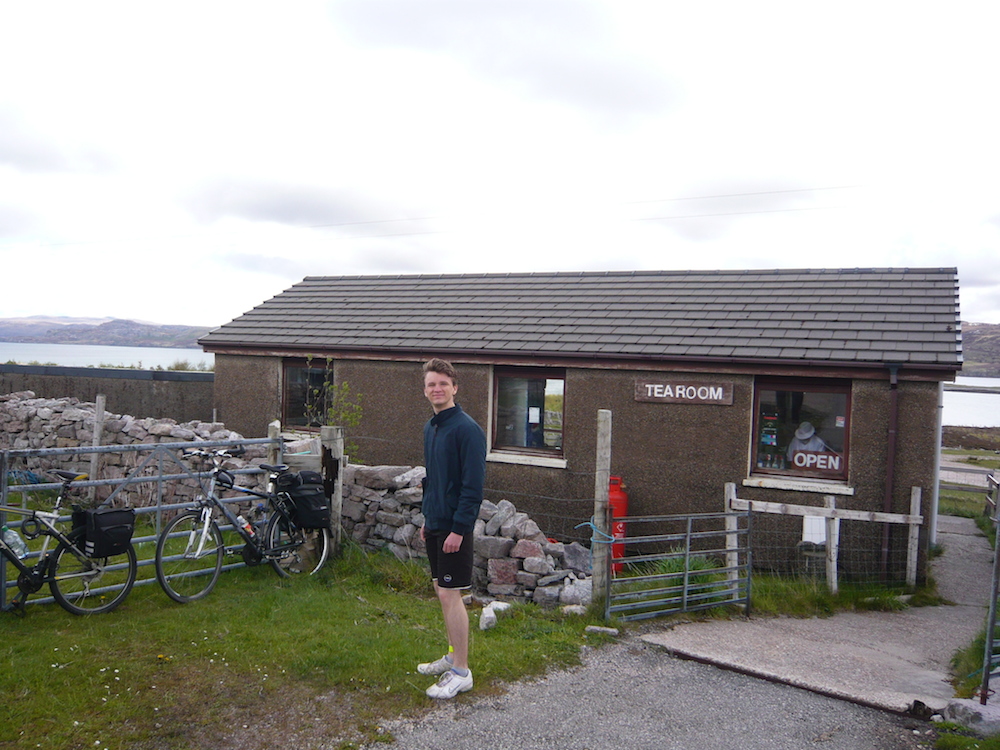
Is this the most remore Tea Room in the UK? It must be a contender. Note the white trilby worn by the proprietor in the window. No snap hygiene inspection will catch him out.
A chap in his 70s, complete with food hygiene white trilby, was running the show, on his own it seemed. He was from Yorkshire originally but had come up with his wife in the 1970s. They had caught the tail end of the crofters.
But the crofters’ children had moved away and sold up the crofts, often to become holiday homes. Sad but inevitable I suppose. Children whose horizons had been stretched by television and the like were less likely to be content with a life of crofting.
Energised with some very good home baking (carrot cake and apple cake) we continued heading south to the head of the Kyle. In the near distance was one of those classic highland scenes often romanticised by Victorian landscape artists.
We turned the corner and started back up the eastern side of the kyle. The gradients to date had been manageable but we knew there were climbs to come. And they came soon enough, at the same time as the terrain changed completely. Gone was the bog and moor. As our climb commenced they were replaced by fertile grassland, divided into fields stocked with sheep.
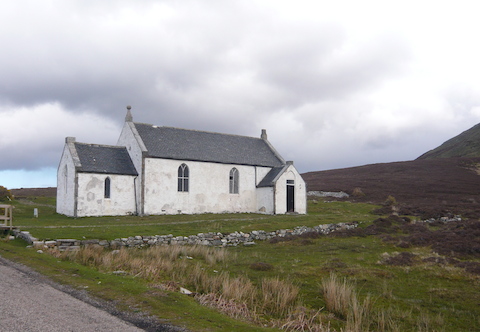
Eribol church, bereft of a congregation or even neighbouring buildings, now just a venue for the occasional wedding.
In this setting stood the now isolated Eribol Church, any surrounding houses together with its congregation disappeared. It was still, “Available for weddings”.
Our ascent continued. The gradient began to try my legs. Eventually I had to admit defeat and push for a couple of hundred yards to where Tom was patiently waiting. He had stopped by a parked car the driver and his passenger wife were simply admiring the view.
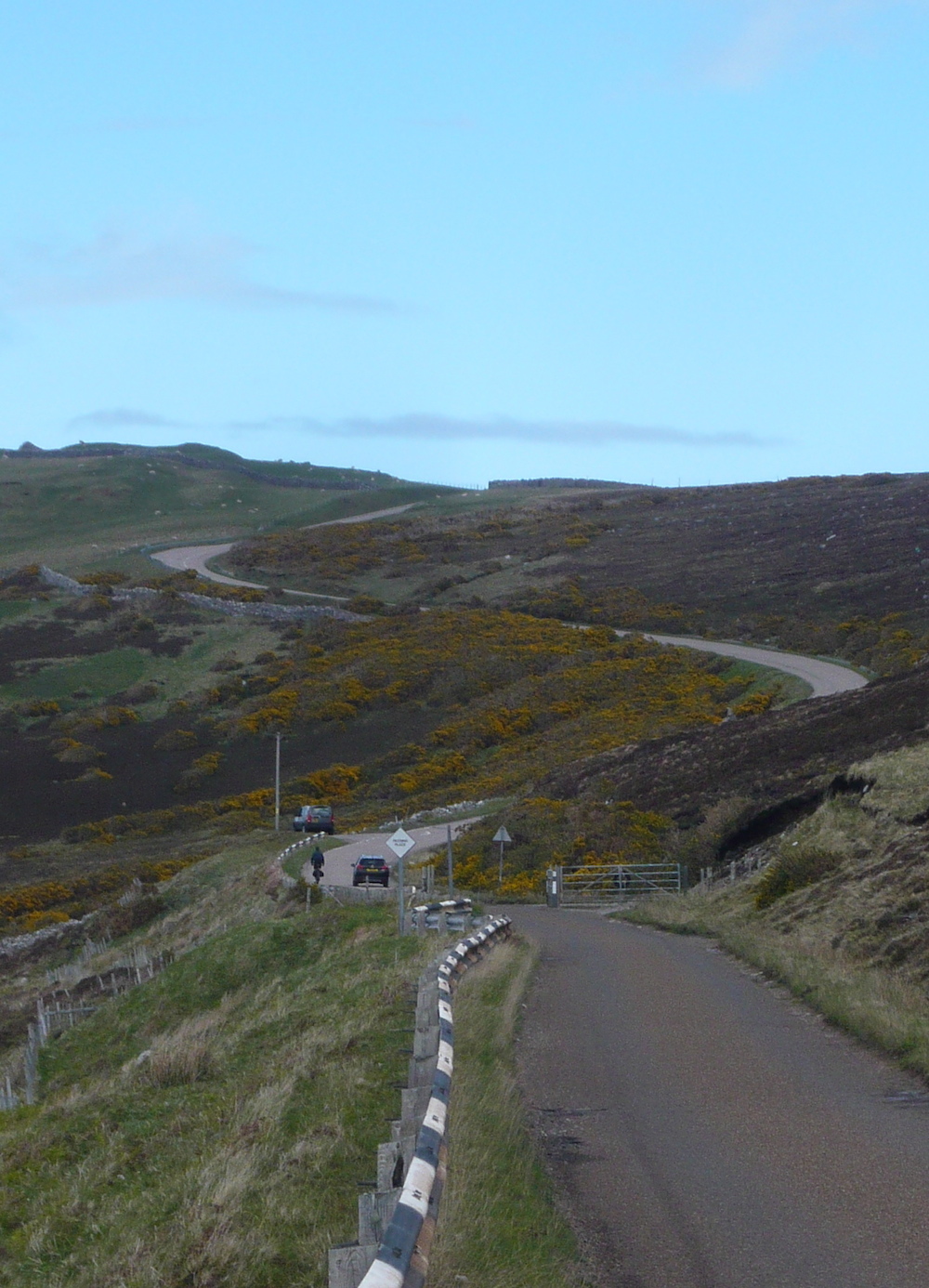
The long and winding road, all uphill. Tom can be seen in the distance approaching the car that contained the two “Mackay Scouts”.
“You’re doing well on these hills,” he said to me kindly. “We have passed you a few times over the last few days.” Perhaps they were Mackay scouts making sure we passed through “Mackay country” without pausing too long or misbehaving.
The knowledge that we were being watched did not put us off our wee picnic lunch at a spot just yards from the road, where the very occasional vehicle caused no disturbance of our peace or distraction from the splendid view.
A couple of drops of rain fell but did not develop. We were aware of showers all around us. One had hit Durness after we had left and a heavy looking shower had fallen at the head of the kyle about 20 mins after we had passed through.
Having climbed there was now a descent. What had just been accomplished had just been a rehearsal for the main event, a climb to the highest point of the whole tour – 700ft. Many cyclists would disparage concern over such a trifle but it was plenty high enough for my tired old legs and twingy knees.
The ascent started at a place called, of all names, “Hope”. Perhaps that was okay for those travelling the other way, where this place was the culmination of a glorious descent into the Promised Land but for us it was the start of a very long climb.

The Moine was the highest point of the whole trip. The cross section shows nicely the challenge it represented.
And what a start. The gradient was very steep. Tom gamely pedalled on but I was soon of pushing. A better name for the place would have been “Despair”.
As before, after just a few hundred yards the gradient eased and my leg muscles recovered sufficiently to remount and start cycling again. The bike was in its lowest gear. If Tom was the hare I was definitely the tortoise but I didn’t care about winning, I just wanted to remain in the same story.
Gradually and slowly the yards passed, becoming furlongs and then miles. There were many false summits but I was experienced enough not to let them depress me. The nearer the top the less the gradient. I was even able to look around and take in the barren wilderness of The Moine.
It was bleak. At the very top was a single ruined croft. What had the builder been thinking? How could anyone make a living on this terrain? In the background was Ben Loyal.

The solitary ruined croft on the Moine. Who thought this spot was the right one? I wonder if it was called,”Thistle Doo”?
The descent began gently. Knowing what to expect we were savouring the expectation. It was every bit as good as those we had enjoyed before. I did have to touch my brakes a couple of times as my nerves failed me but Tom assumed a tuck position and swept passed.
On and on changing which pedal was down only to shift weight. It was glorious. We finished by coasting onto the causeway that joins the two banks of the Kyle of Tongue and pedalling furiously to make full use of the momentum and maintain our speed.
Tom eventually stopped about half way across, as I caught him up we were both still wearing wide grins of exhilaration.

Still smiling with the exhilaration of the descent we paused half way across the causeway to view Tongue in the distance.
The couple of further miles to Tongue passed quickly enough. They were a pleasure. Tongue was a tidier settlement than Durness. Things were more up together and the land verdant.
At the very centre of the village we rolled up to our B&B Tigh nan Ubhal (is it Apple Tree House?). Angela, the landlady, was awaiting us. She welcomed us warmly, directed the bikes into a garage, asked how we had managed to stay dry (they had had a severe hail storm in Tongue earlier) and discussed our route. She knew the man at the Rhiconich Hotel and the polite waitress there was her daughter’s best friend.

Tigh nan Ubhal – does it mean Apple Tree House. Whatever the name it was an excellent B&B in Tongue.
We might have cycled 30 miles up and up hill and down and down dale but, it seemed, we were still in the same community.
Tigh nan Ubhal was a traditional Scottish house made of stone. Our room at the back was a modern extension but was very well decorated and spotless.
In the evening we walked across the few yards to the Tongue Hotel. We entered the bar without going through the hotel. The bar was decorated in a smart modern style which seemed a slight shame, given that the hotel appeared to be Victorian, but it had a good atmosphere, friendly staff and an appealing menu.
I chose the beef pie, Tom the butternut squash risotto. Both were very tasty.
At the end, as Tom was finishing his apple, rhubarb and fennel crumble the chap who was eating alone at the next table said: “The food here is better than the place in Durness eh?”
“Yes it is,” I agreed, although in fact I had enjoyed my haddock there. The stranger explained that he had recognised my voice from the previous evening. He had been sitting nearby.
He was from Colorado, now living in Texas, had found himself with ten days vacation to take and no plans so he decided to come to the UK because we spoke English too.
Arriving in Gatwick he had decided that Scotland was the place for his spontaneous tour, got another flight to Edinburgh and hired a car. His enthusiasm for Britain was satisfying, it is always good to hear compliments about one’s homeland but it was mixed with a sense of surprise that I had observed with first time visitors from the US before.
The UK is a small island especially when compared with the scale of things in North America but it is also varied, diverse and full of interesting things, not least things historical.
“What do you do?” I asked.
“I am a geologist.” he replied and confirmed that as a geologist in Texas he was, as you would expect, in the oil industry.
“You are in the right place” I continued, “the area around Durness is famous for its complex geology.”
His answer confirmed his innocence and lack of any research, “Yes, I did not have a clue.”
We moved on from geology to history and the close connection between the two. The lady owner of the hotel who was minding the bar joined in. She was from Kent originally but had an obvious interest in the history of her new home area.
She talked about the Highland Clearances and how futile it had all been, the sheep for which the humans had made way were not successfully farmed. All that misery for nothing.
There is an interesting museum about it in Bettyhill, the lady added, “You will be passing by it on your way to Strathy.” We made a mental note. Sounded interesting.
We said our goodnights and returned to our B&B. It was gone 10pm but I still had a diary entry to finish and publish.
I also wanted a good night’s sleep. Tomorrow, I knew there were more hills.




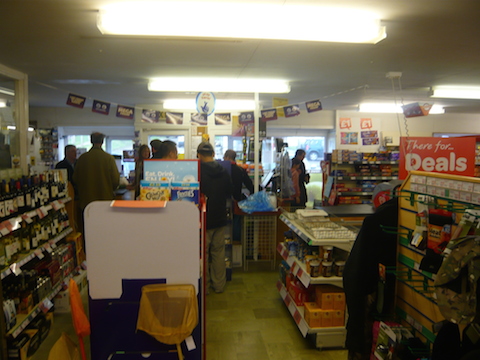
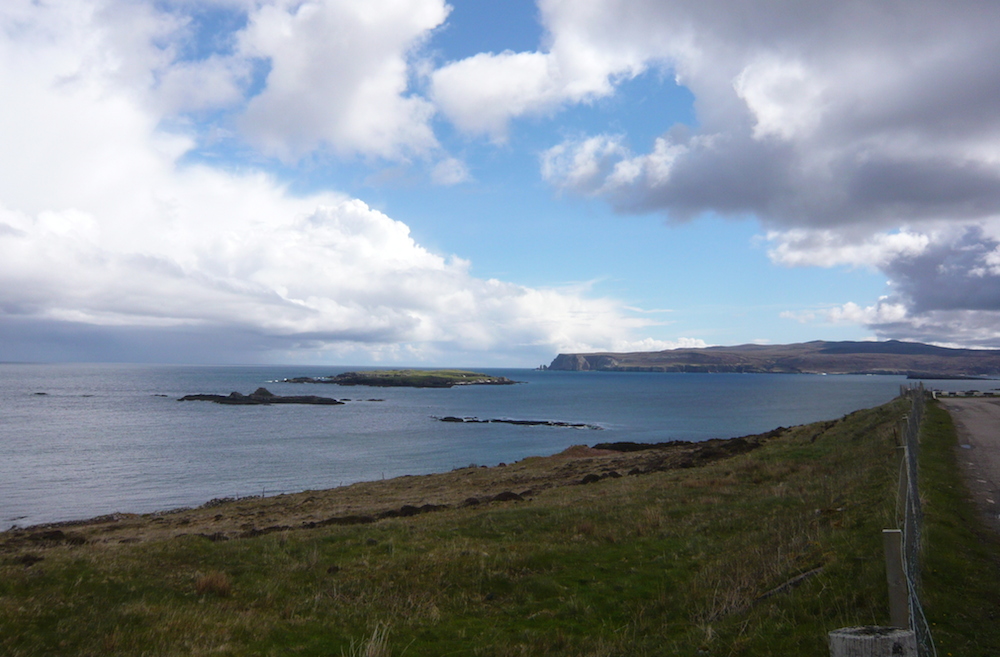
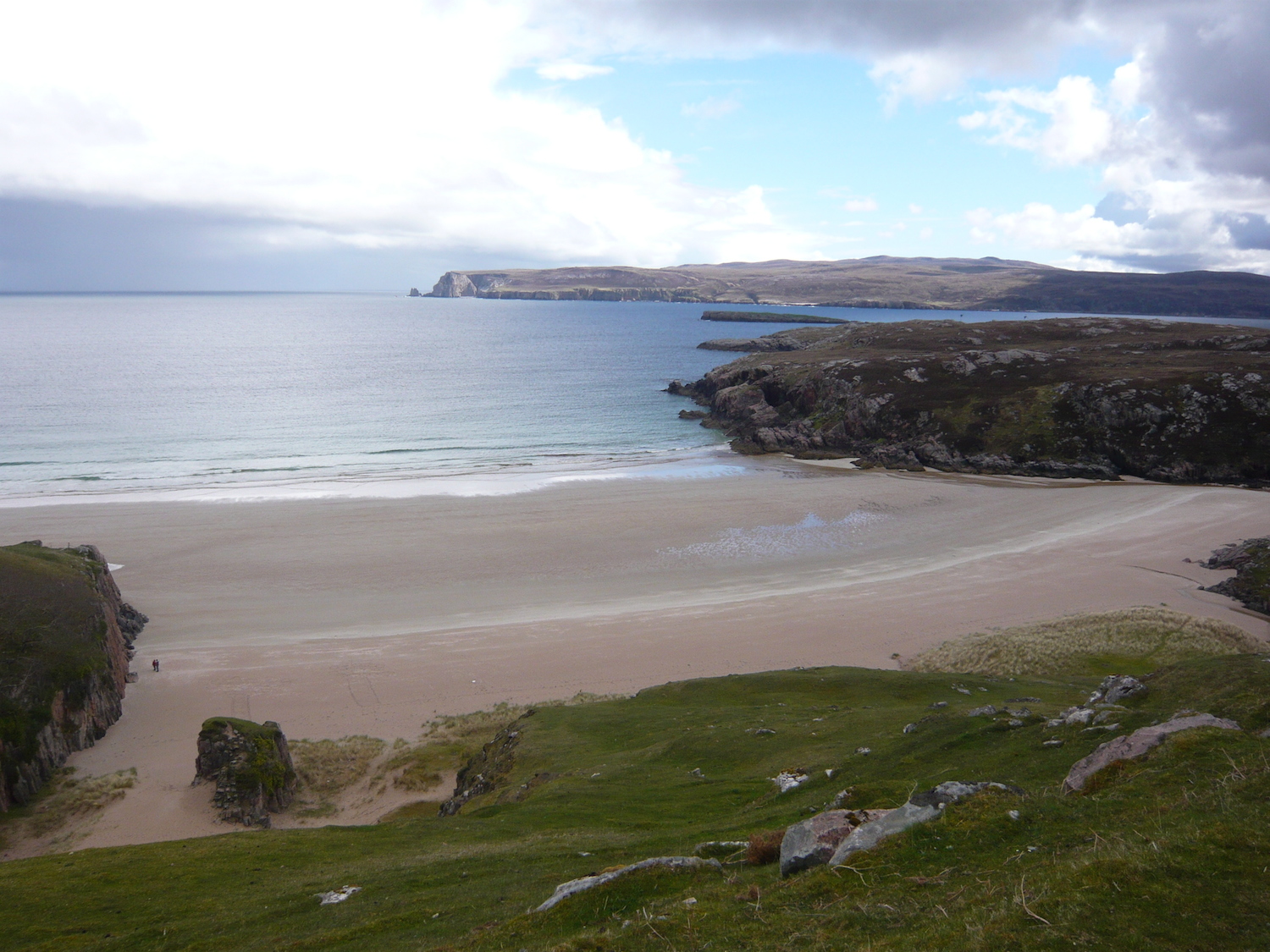
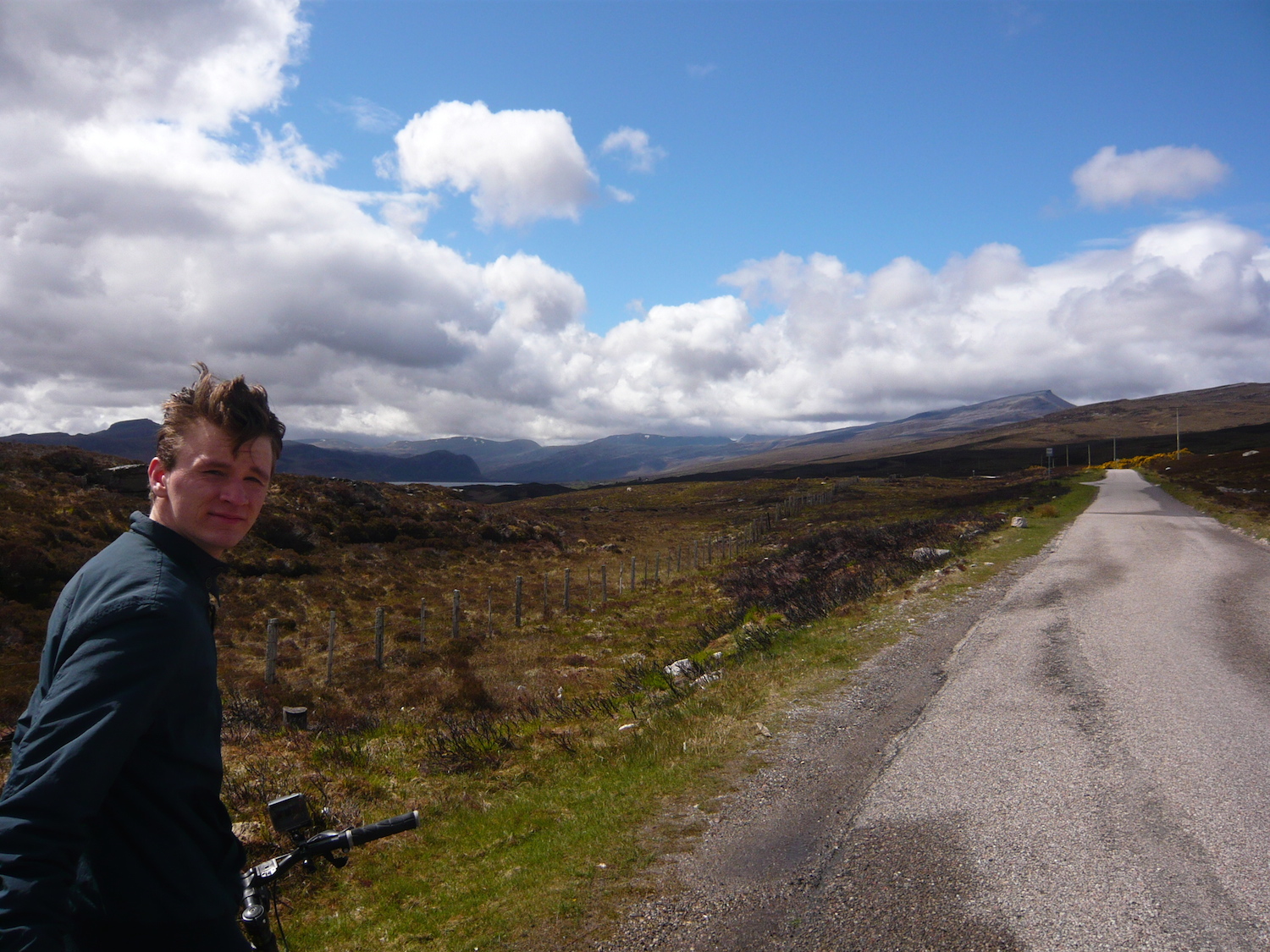
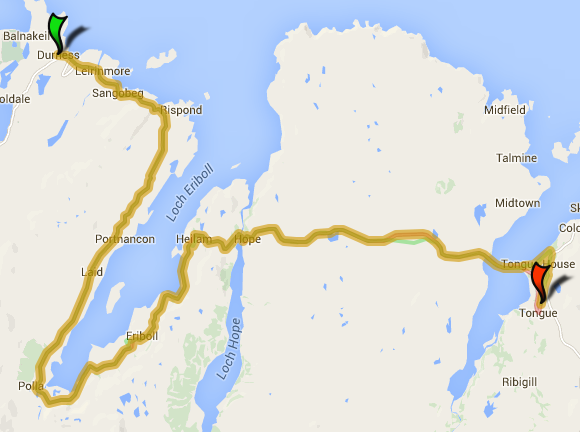
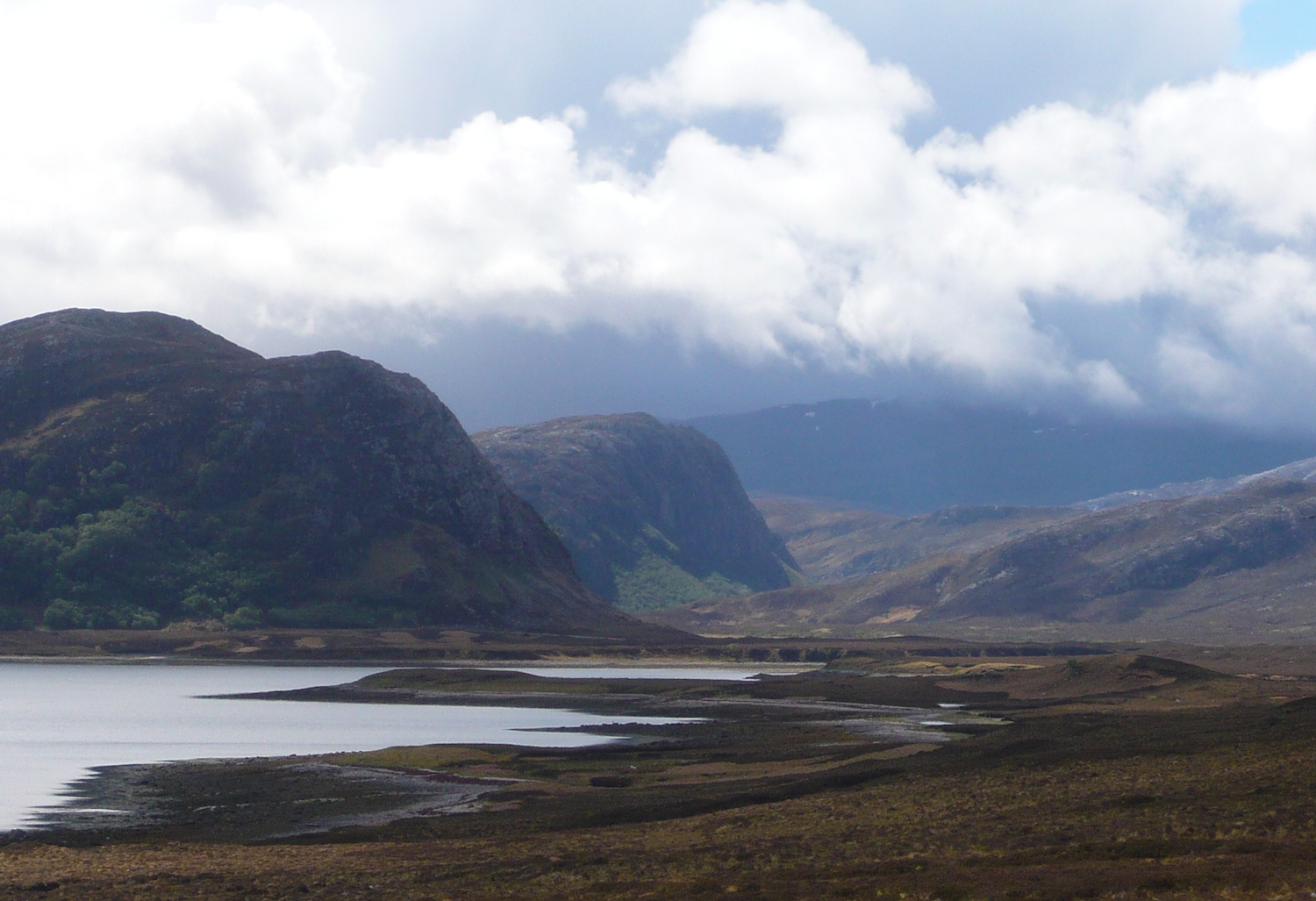
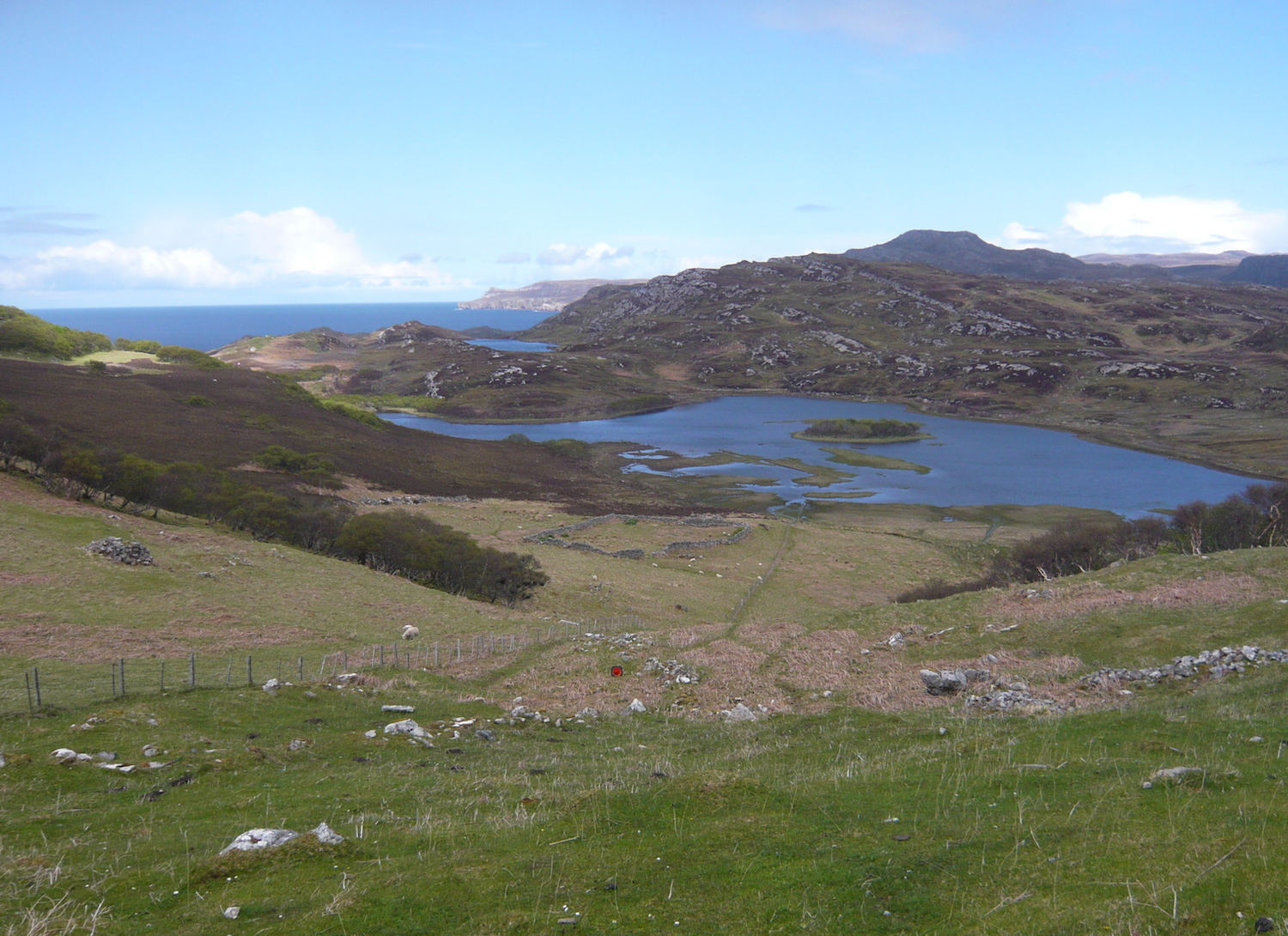

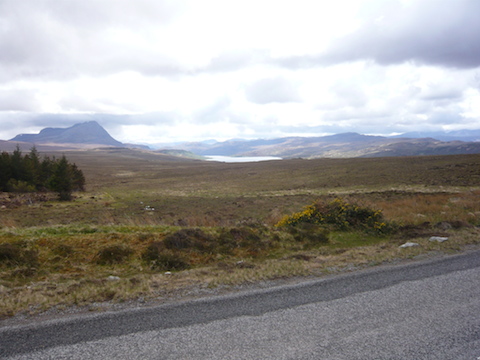
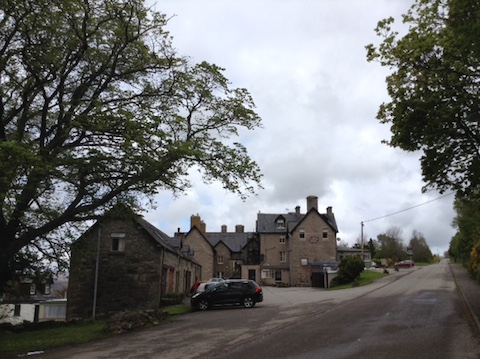









Katherine May
June 1, 2015 at 5:42 pm
You should be employed by the Scottish tourist board. It sounds and looks fabulous!
Martin Giles
June 2, 2015 at 9:57 am
Hi Kathy. Thanks for the comment. We are having fun – most of the time.
Could you do us a favour? Could you go and check at Pedal Pushers? I have a slight suspicion that they might not be following us at all!
Mary Bedforth
June 2, 2015 at 1:13 pm
The Brothers S might have left by speedboat for their annual hols.
___
I love the Ed’s travelogues (cyclelogues?) and wish I was physically capable of doing the same. It is so interesting to read about places one would be unlikely to see or to meet the inhabitants.